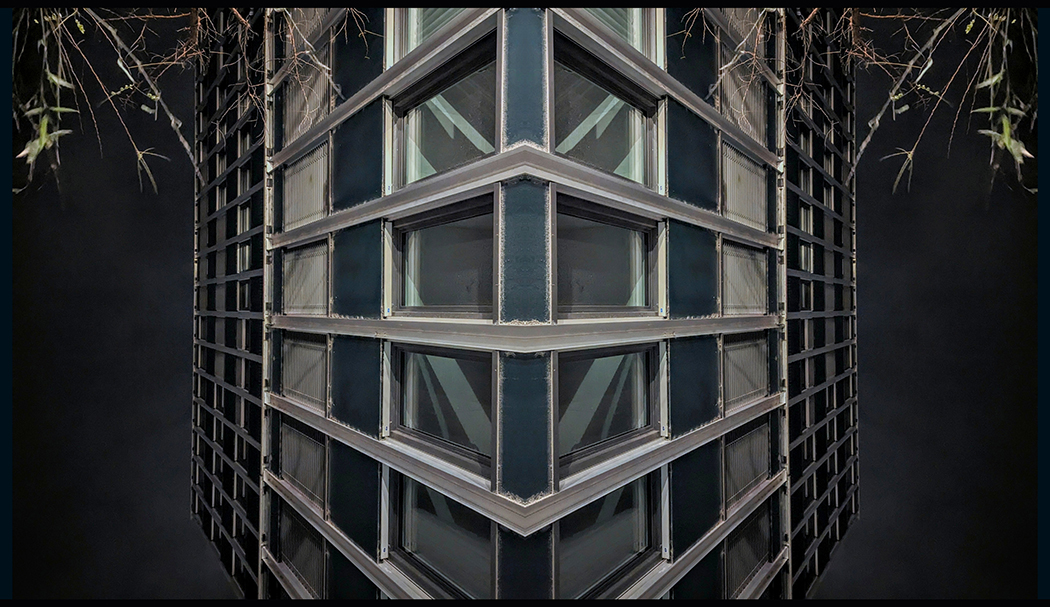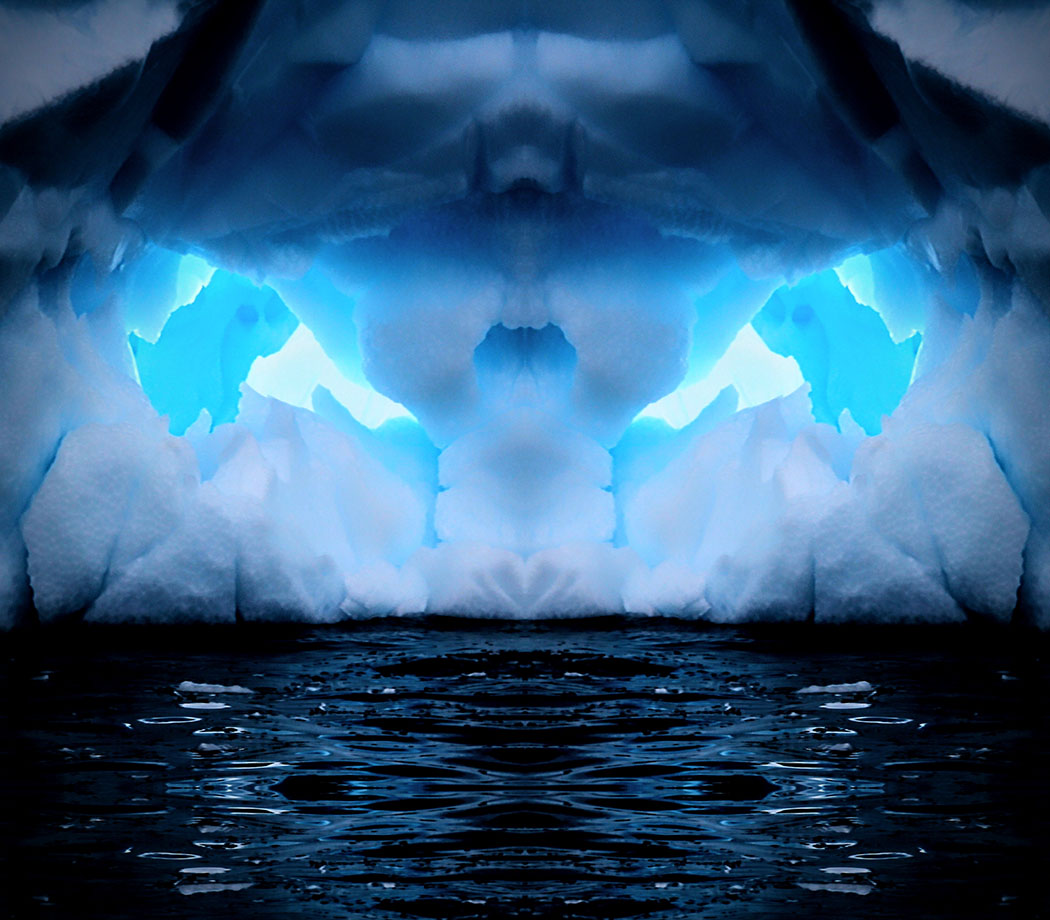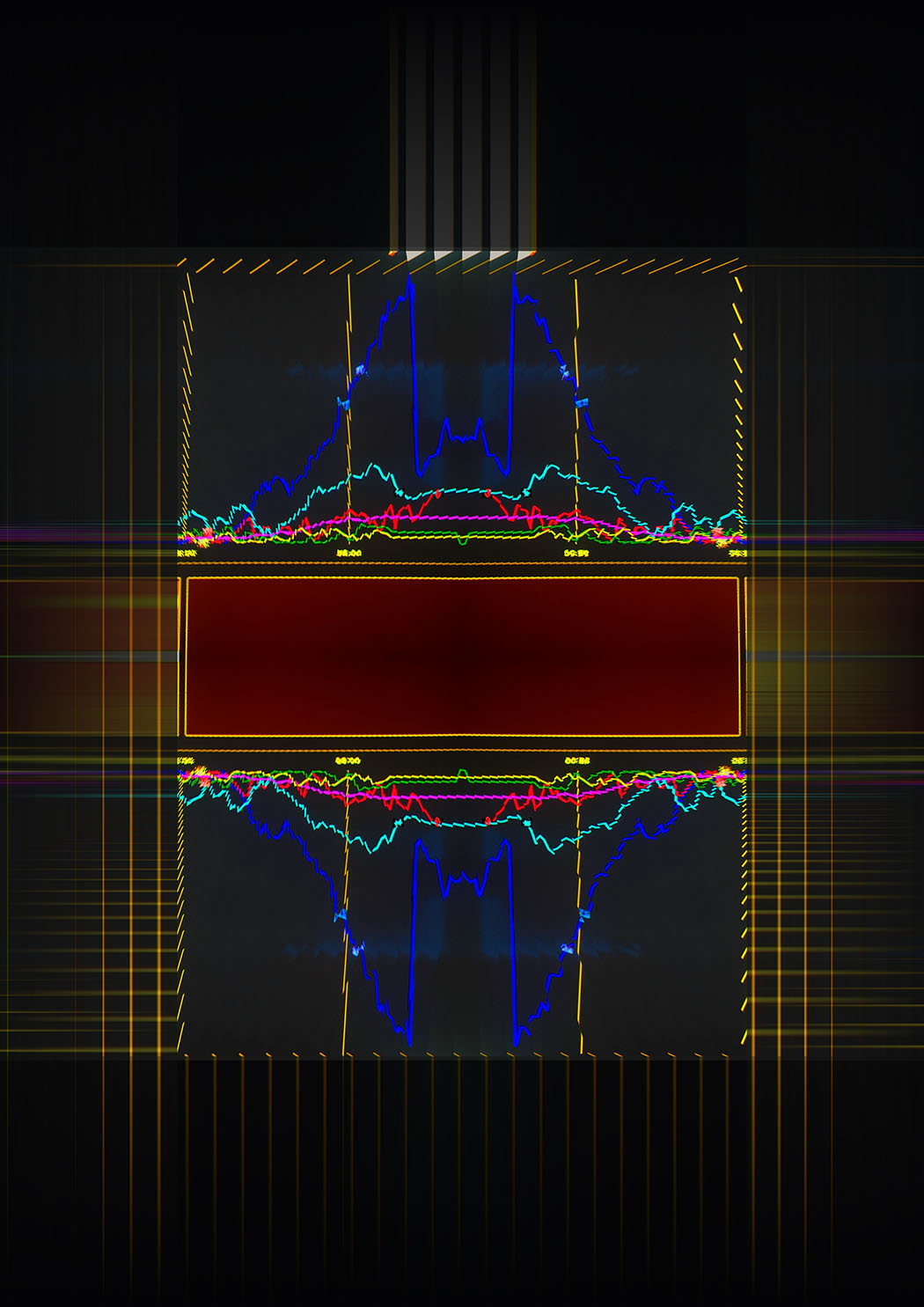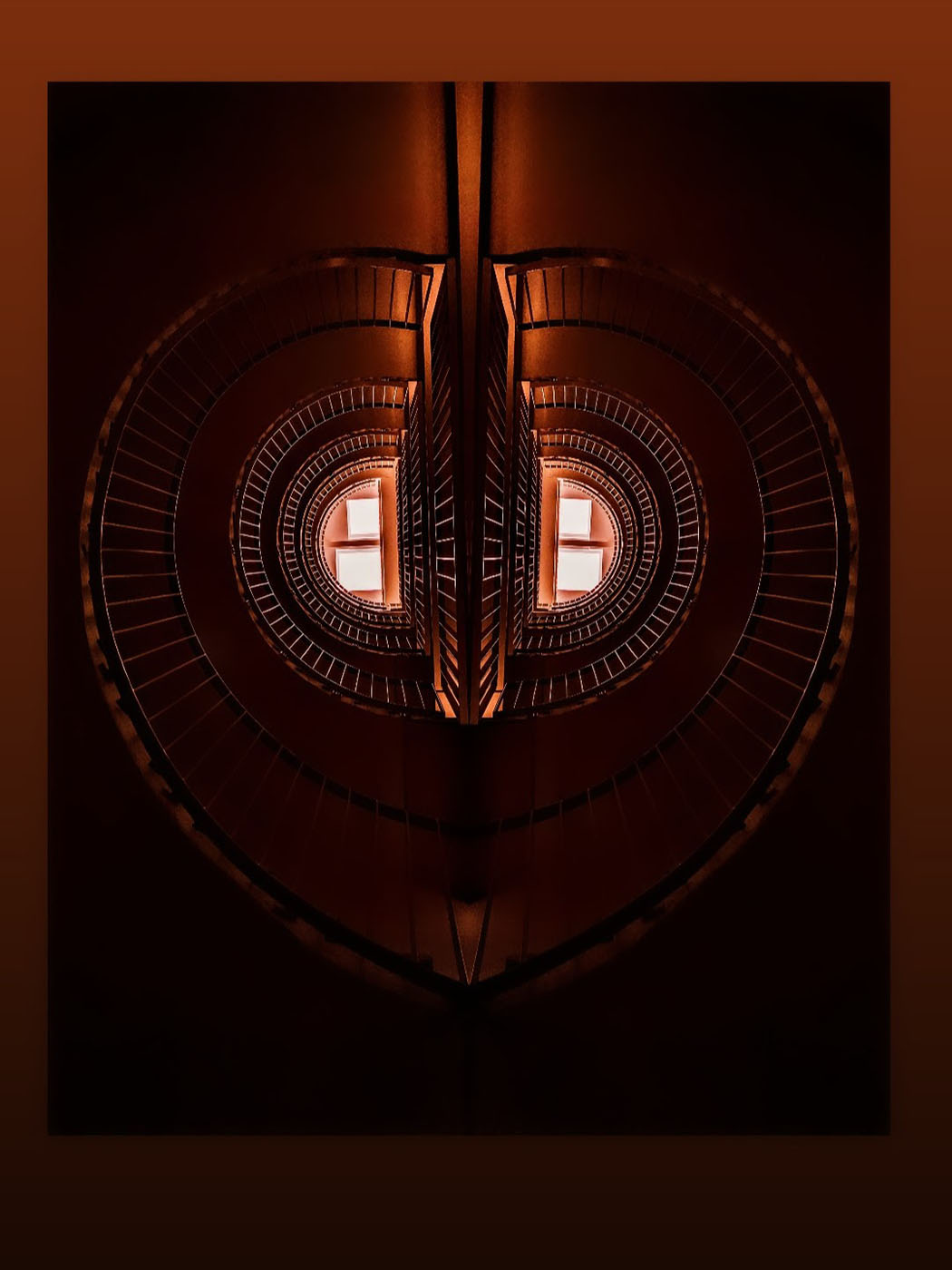Maximilian Vermilye
Year of birth: 1993.
Where do you live: Geneva, Switzerland.
Your education:
2021 BA Degree, Media Studies and Photography, Webster University.
2016 Color Theory and Personal Styling Certificate, Condé Nast College of Fashion & Design.
2015 Gentleman Styling Certificate issued by the London College of Style.
2014 Digital Photography Certificate, issued by the London School of Photography.
2014 Liberal Arts College, Sarah Lawrence, Bronxville, NY, USA.
2011 Film Photography Course, Harvard Summer School, Cambridge, MA, USA.
2010 New York Film Academy Summer Course, Harvard University, Cambridge, MA, USA.
Describe your art in three words: Discovery, Insight, Stories.
Your discipline: visual art, post-photography; digital art, conceptual art.
maxphv.art | Instagram
 MaxPhV | Are You Good Enough
MaxPhV | Are You Good Enough
Could you tell us about your journey into the world of photography and digital art?
I have been taking photos since I was a young kid with a camera my mum got for me when I was 12. I would always try and capture a moment so as to preserve it. As I got older, I tried different forms of art, with a brief career in fashion as a personal stylist. I learned about color theory and visual weight. I looked on the high street for inspiration and studied the way people brought different ideas and cultures together through their clothing. Then, as I grew older, I found a rekindling with photography, ideas that went quickly from my head to creation from fashion I saw in photography. I realized that in my pocket I was always carrying a powerful computer and camera, my phone. That was when I went beyond just capturing moments; I could have an idea, capture the image and there on the spot craft the idea from my head onto the screen in front of me. Physically swipe with my fingers to find the right angle, the adjustments, and fine-tune details, turning my entire hand into a brush at times. It was during that process that something clicked with me. All the angles and visuals that I had been accustomed to looking at the street for, now I was looking all around myself. It is with this that my step into serious photography and digital art was born.
 MaxPhV | Frost Giant
MaxPhV | Frost Giant
What inspired you to develop the concept of psychodynamic photography?
Taking the age-old time sink on long journeys of looking out on the clouds and then trying to see creatures or faces in them and playing out stories in my head as the world passed me by, I began to apply that to everything. From building corners where the right light turned on would lend the look of an eye or the twist of a tree branch looked like the face of a creature at an angle. From there I kept searching more to find these stories hiding in the world around me. It was a rabbit hole that I fell into, one where when I showed my artwork, seeing one thing in my work, others would look at what I had made and would see something completely different! This reinforcement loop made me excited to create canvases to let people play with what I created, let their minds discover something hidden, and reveal a little something about them. A Rorschach painting, but instead of blots, a world turned in on itself by my hand and left to roam free with people’s imaginations.
How do you feel your background in liberal arts enriches your artistic expression?
My time in liberal arts education gave me the chance to experiment. Constantly. I was never the best at one particular subject and lord knows I was quite varied in my academic studies. The sciences I found were for creating a rigid world structure, and my studies of the arts helped me see the gaps between the structures. No one subject ever satisfied my curiosity but I knew I had to know a little of everything. I believe I can best describe the time I spent in my studies, which helped to reinforce for myself a rigor of trying to see the world through as many lenses as possible, an attitude that I have carried into my adult life. One focused discipline alone can never give enough of an understanding to have a holistic picture.
 MaxPhV | Synth Heartbeat
MaxPhV | Synth Heartbeat
What significance do symmetry and repetition hold in your work?
Symmetry and repetition turn the world from being a point-and-click picture into something that I can truly find both weird and wonderful, even uncanny. Any object has likely already been photographed a billion times from all possible angles, but by making the world fold in on itself, I can suddenly get access to angles and pieces that are new, and the mundane suddenly becomes a whole new canvas to find angles that beforehand would have been throwaways. In my study of photography, one of the key aspects we are taught for a good photograph is the golden ratio, a balance of an image that makes it visually pleasing and a form of symmetry in the asymmetrical. With my new ‘lens’, shots that were thrown out for breaking this rule, off-angle captures suddenly show new possibilities, making the pool of photographs I can pull from to create vastly more expansive. What I capture can now both purposefully follow the golden ratio or ignore it as I desire. It has broken me free of my chains of the perfect photograph as every single shot holds the opportunity for me to grasp the hidden in its details.
Can you discuss any particular project or piece that holds significant meaning to you?
Early on in my photographic artistic career, when I had just begun to elaborate on the psychodynamic concept, I was in France on a visit to an old castle in Brittany. Drawing back on my studies of history, I imagined what discussions and conspiring had been held within its halls and what wisdom had been shared through the ages as I walked through. I wanted to capture this, but I could not find a single photo that captured this essence. Then, in a moment, when I walked away from my group for some personal exploration of the castle, I reached an empty staircase drawn in originally from the light shaft that was shining through. I remembered looking up to see the flow of the stone staircase circling above me, and it was in that instant that I had a flicker pass through my mind. Something simple and yet so elegant to capture it; and grabbing my phone looking up, I grabbed a shot of the stairs directly upwards. I raced onto an editing app I had recently downloaded and was still learning, and there I rushed to capture the inspiration and give it form. There, within 10 minutes of pulling out from my pocket this tiny device, I had one of my proudest creations, The Owl. A creature that has represented to me wisdom and eternal observation and captured my feelings perfectly of the aged grounds I was on. A lightbulb moment when I knew that I could do this. That I had something that worked and gave me an itch to keep searching for that next flash of inspiration. And the rest is history, as you would say.
 MaxPhV | The Owl
MaxPhV | The Owl
How do you see the future of digital art evolving, especially with advancements in technology?
The advancement in the ever-shrinking of daily electronic devices and, in contrast, the power they wield are exponentially growing. I have seen in my own lifetime programs that I remember as a child having to boot up on the old family computer and wait patiently through loading screen after loading screen to be able to access. In opposition, today opening up the same programs is a mere press of the finger and a flash instantly to the start menu running on something no larger than a pocketable small letter. In addition, the change from keyboard to touchscreen has been instrumental in bridging the digital art gap for artists as we humans are creatures of touch by nature, molding with our very hands the world we want to create our reflections as we have done for ages beyond memory. There is a more personal touch on our 2D worlds when we can interact with them like children did with brushes discovering colors for the first time.
These breakthroughs, I find, are both a blessing and a deadly dagger for artists today. The tools you need to create digital art have never been easier to acquire and use; the average mobile phone holds more power than the computers that were used to render the groundbreaking CGI back in the first Jurassic Park films. In contrast with this, we have ever easier ways to share and have our art shared with everyone, and to rise above the noise is even more difficult than it used to be as there is so much more competition. This leads me to my next answer.
What advice would you give to emerging artists who want to explore digital photography?
In today’s world, you can have your digital work seen by just about everyone. However, everyone does not share the same tastes or appreciation for the craft. No, I think the days of global superstar artists like Picasso and Salvador Dali have passed us. But do not fret, for I believe we are in a new age. There has never been a better time in history for artists in the niche. Fringes are stronger now than I believe they ever have been, and the reward for daring and experimentation is rewarded far more greatly than before. Those who will find and appreciate your work, in large part thanks to how art is discovered these days through algorithms and data, will be far more enthusiastic. Embrace the weird; no idea is too out there. Remember, today, you do not need the latest and greatest to create the best; only have the drive to create. So if you are to dream, dream big, dream bold. And never let your vision settle for second best. You already have the tools to start in your pocket.

Leave a Reply
You must be logged in to post a comment.